The development of the Bui dam was expected to cause the permanent inundation of over 444km2 of land, including parts of the Bui National Park, at its full supply level. The Environmental and Social Impact Assessment (ESIA) for the Bui Hydroelectric Project recommended that a ‘salvage archaeological’ exercise be carried out in communities within the area of inundation. In fulfillment of this, the BPA commissioned a team of Archaeologists from the University of Ghana, Department of Archaeology and Heritage Studies with a staff of the Ghana Museums and Monuments Board in 2009 to document archaeological, historical and ethnographic data within three communities to be inundated; Bui, Bator Akanyakrom and Dokokyina.
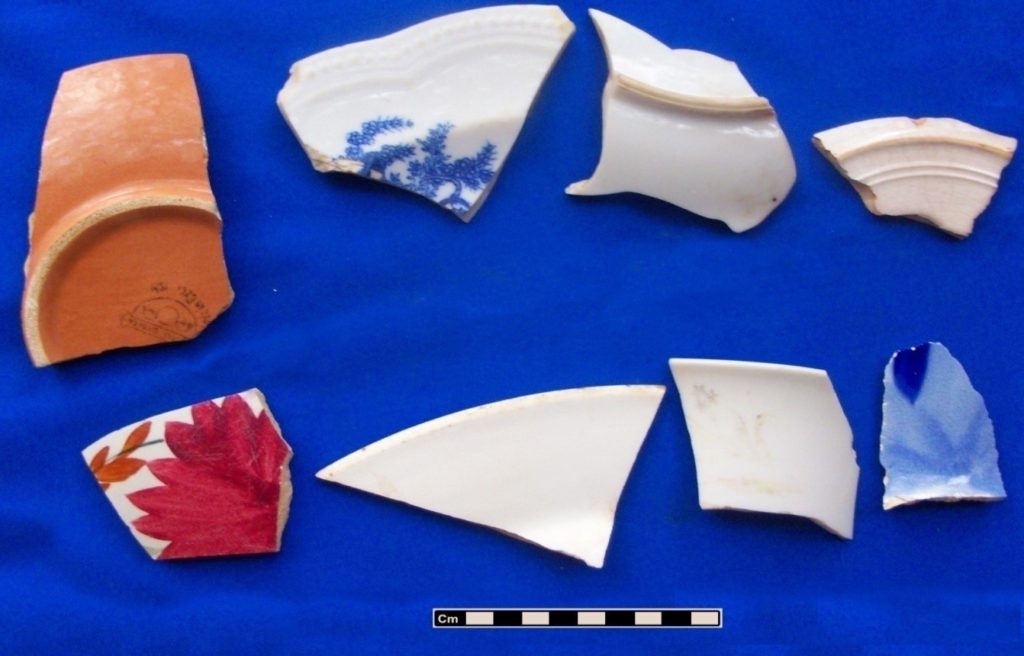
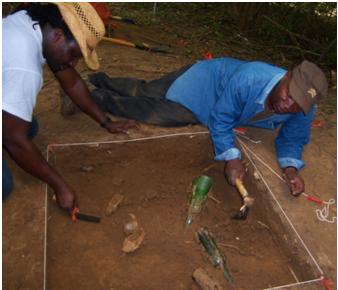
The development of the Bui dam is expected to cause the permanent inundation of over 444 km2 of land, including parts of the Bui National Park, at its full supply level. The area of permanent inundation includes six villages. Dokokyina, a village located on the fringes of Bui National Park will not be inundated. However, its community would need to be relocated because the village will be surrounded on three sides (south, east and west) by the reservoir. Large parts of its land, which is used for cultivation, grazing, hunting and collection of forest products, will also be submerged. The Environmental and Social Impact Assessment (ESIA) for the Bui Hydroelectric Project therefore recommends that a ‘salvage archaeological’ exercise be carried out in communities within the area of inundation. In fulfillment of this, a team of Archaeologists from the University of Ghana, Department of Archaeology and Heritage Studies with a staff of the Ghana Museums and Monuments Board was contracted by the Bui Power Authority in November 2009.
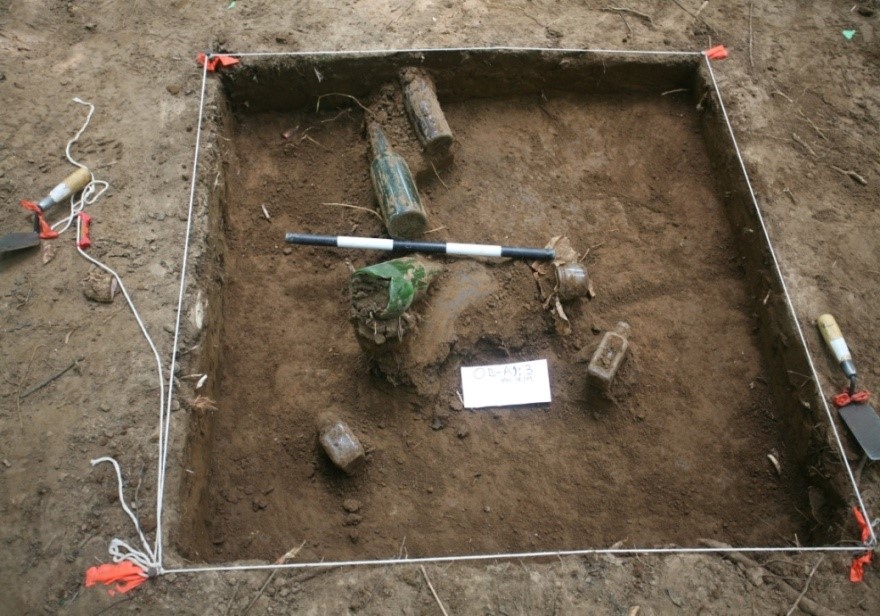
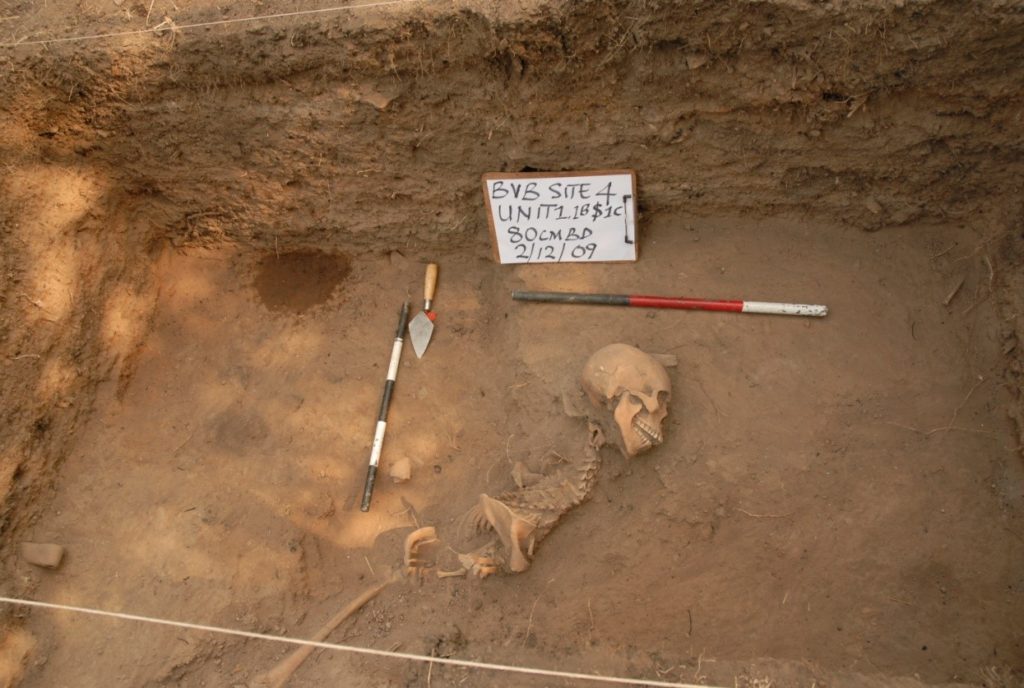
The team employed archaeological, ethnographic, and other anthropological techniques to undertake the research. It conducted interviews and documented migration and settlement histories of the communities, information on ethnic identities, subsistence, cognitive structures, craft production and ceremonies. All these research activities were carried out in three main phases. The first phase of work was carried out between November 16th and December 18th 2010. The work involved the ethnographic documentation of the settlement histories, architectural style, subsistence patterns, ethno-medicine, cognitive structures, and the day-to-day lifeways of people at the Bui and Akanyakrom communities. This phase also involved test archaeological excavations at Old and New Bui as well as Old and New Akanyakrom. Mapping of Bui and Akanyakrom was also carried out. The second phase of work was undertaken between March 3 and 12, 2010. It involved the ethnographic documentation of the settlement histories, architectural style, subsistence patterns, ethno-medicine, cognitive structures, and day-to-day lifeways at Dokokyina. The Dokokina community and its built environment were also mapped. A number of archeological units were excavated at the Old Dokokyina site (Dabene) as well as the abandoned village of Kassa in the Bui National Park. The third phase, which involved the analysis of data, write-up of findings and presentation of a report on the project to the Bui Power Authority, was carried out between March and May 2010.
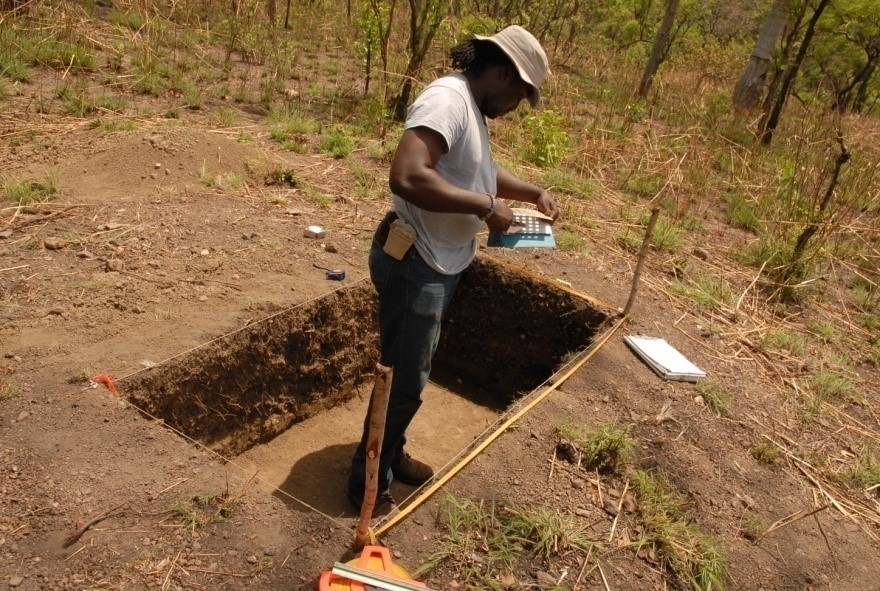
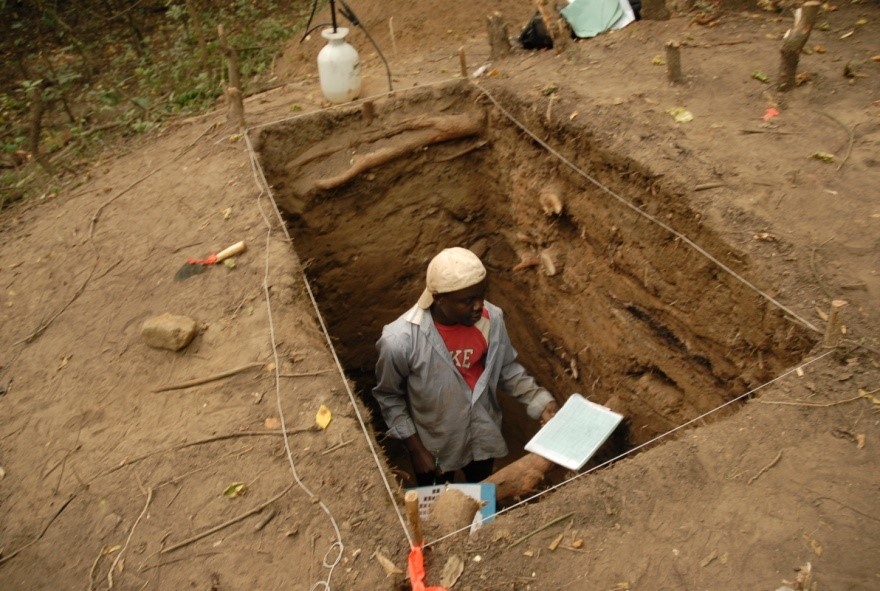
The team employed archaeological, ethnographic, and other anthropological techniques to undertake the research. It conducted interviews and documented migration and settlement histories of the communities, information on ethnic identities, subsistence, cognitive structures, craft production and ceremonies. All these research activities were carried out in three main phases. The first phase of work was carried out between November 16th and December 18th 2010. The work involved the ethnographic documentation of the settlement histories, architectural style, subsistence patterns, ethno-medicine, cognitive structures, and the day-to-day lifeways of people at the Bui and Akanyakrom communities. This phase also involved test archaeological excavations at Old and New Bui as well as Old and New Akanyakrom. Mapping of Bui and Akanyakrom was also carried out. The second phase of work was undertaken between March 3 and 12, 2010. It involved the ethnographic documentation of the settlement histories, architectural style, subsistence patterns, ethno-medicine, cognitive structures, and day-to-day lifeways at Dokokyina. The Dokokina community and its built environment were also mapped. A number of archeological units were excavated at the Old Dokokyina site (Dabene) as well as the abandoned village of Kassa in the Bui National Park. The third phase, which involved the analysis of data, write-up of findings and presentation of a report on the project to the Bui Power Authority, was carried out between March and May 2010.
